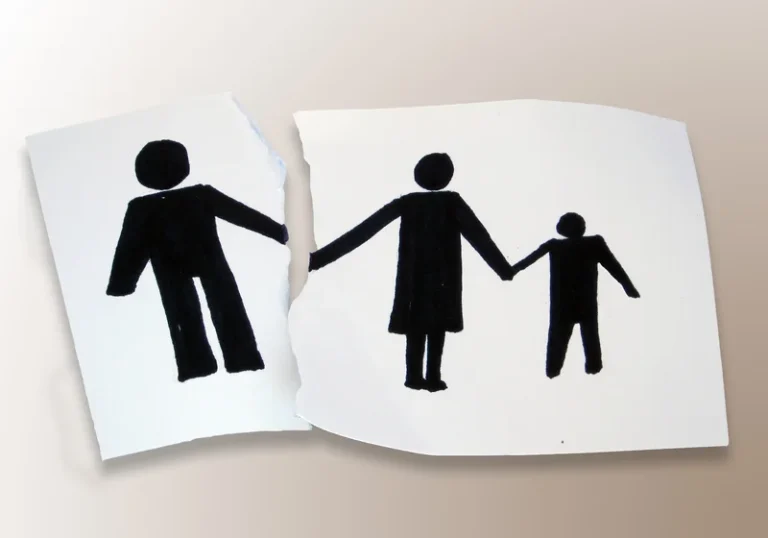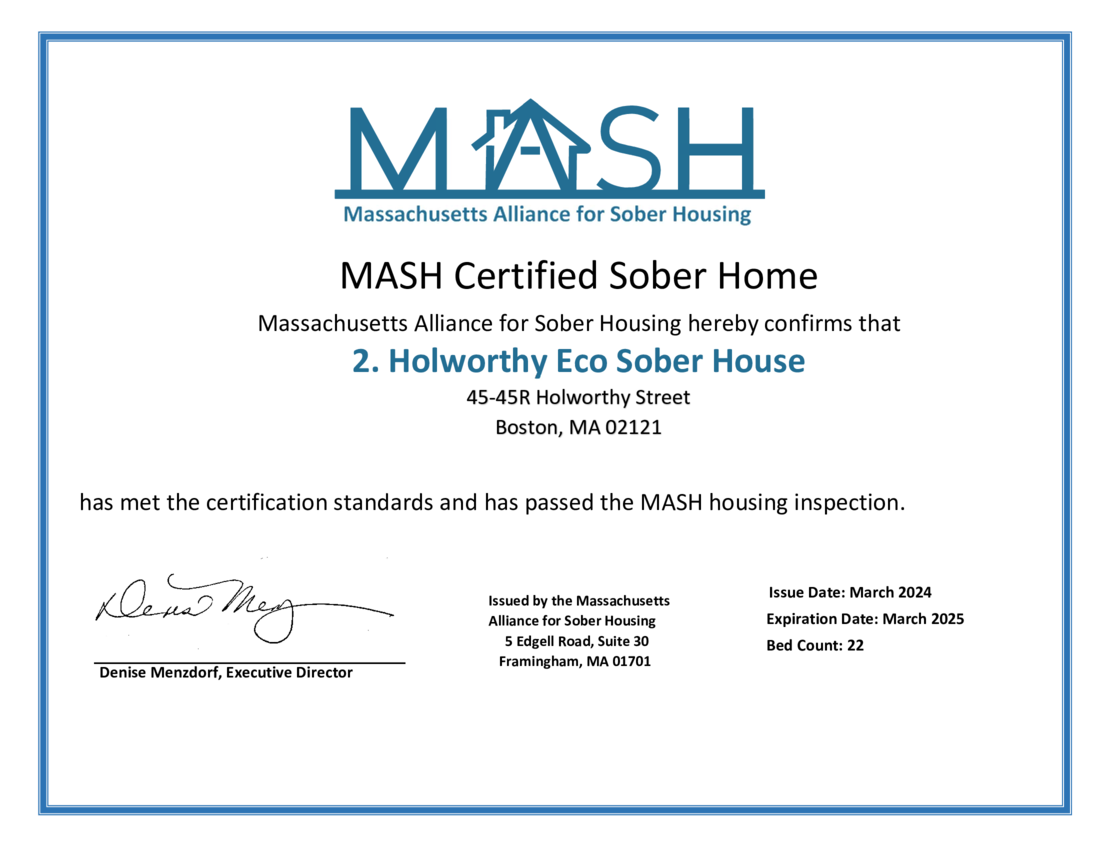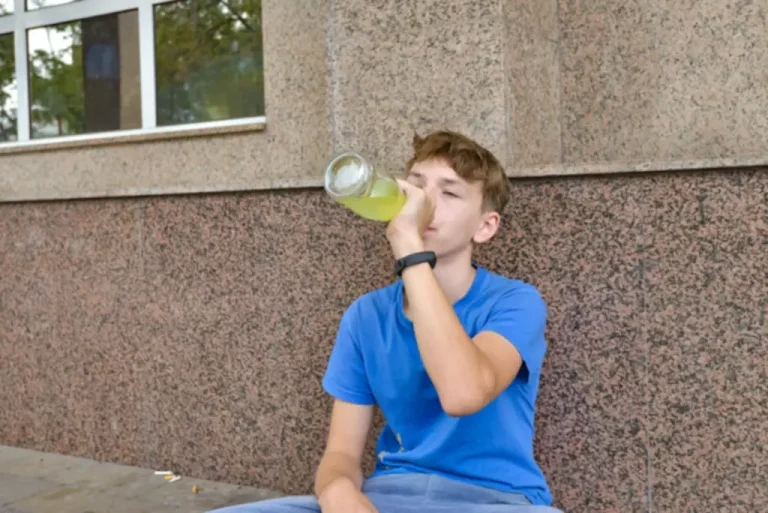Peer pressure and drugs: Definition, risk factors, and addiction
Sober living

To avoid this eventuality, adolescents strive to minimize differences, encourage compatibility, and strengthen investments in the relationship. Most adolescents recognize that friends are required to successfully navigate peer culture. Young adolescents without friends are victimized more frequently and present greater internalizing and externalizing symptoms than those with friends (Hodges et al., 1999).

Social psychological explanation
Optimal distinctiveness theory (Brewer, 1991) holds that individuals seek balanced self‐views, integrated into a cohesive group of like‐minded others but different in ways that highlight a unique individual identity. Thus, optimal distinctiveness theory proffers insight into domains where conformity is expected. Conformity pressures should be strong in areas that touch upon the group identity. Distinctiveness is tolerated when it does not conflict with the priorities of the group and the image it seeks to project. Identity signaling is a key mechanism for enforcing similarity in a peer group (Berger, 2008).

The 8 toxic leadership traits (and how to spot them)
- XPS analyses also showed that the only difference between the ZnS/GaP thick shells and the ZnS/GaP QSs was an increase in the peaks corresponding to Ga-P bonds in the Ga 2p and P 2p regions (Supplementary Fig. 9).
- For instance, when a teen overhears their friend gossiping about another person and then reacts to the gossip, that is considered indirect peer pressure.
- People, especially teens and young adults, may be more likely to do prosocial behaviors when they see people their own age doing the same things.
- Peers play an important role in many people’s lives, especially in late childhood and adolescence when young people attempt to become more independent, gain acceptance, and build an identity.
- Academic pressure and competition are significant sources of stress for many teenagers.
Our DFT calculations validate the transition to a direct bandgap material for a monolayer-thin GaP on ZnS, which is mainly driven by the formation of hybrid energy states between the two materials at the CBM. The success of this research has potential implications for optoelectronics, photovoltaic devices, and disease diagnosis and treatment, using more finely-tuned, environmentally safe, and stable light-emitting materials. Here, we report on the colloidal synthesis of direct bandgap GaP quantum shells (QSs) on the surface of a ZnS core with a reverse-type I structure, in which generated charge carriers are confined within the shell. As a result, the GaP QSs on ZnS cores exhibit strong band-edge emission at a wavelength of 409 nm, whereas the GaP QDs present negligible light-emitting characteristics. Furthermore, the ZnS/GaP QSs exhibit remarkable long-term stability, as evidenced by a PLQY that is maintained at levels (~107%) commensurate with those observed immediately after the purification, even after a period of 207 days.
- Peer pressure, broadly defined, is the influence exerted by a peer group that encourages individuals to change their attitudes, values, or behaviors to conform to the group’s norms.
- The absorption spectra of ZnS/GaP QSs, as a function of the ZnS core size, reveal two key insights into the structure of ZnS/GaP QSs.
- The TEM image of the ZnS/GaP thick shell showed that the thickness of the GaP layer is ~0.39 nm, which is thicker than the ~0.22 nm of the ZnS/GaP QSs (Supplementary Fig. 8).
- Absorption steps were observed in the absorption spectra of ZnS/GaP QS.
- Based on these optical properties, we concluded that the ZnS/GaP QSs have a core-shell structure, and that the absorption observed in the 300–390 nm range and the strong PL at 409 nm are solely attributed to the GaP shells.
- As a result, the power and impact of digital peer pressure may vary throughout the world.
- The d-spacing of GaP planes, which are likely to grow on ZnS considering the XRD pattern shown in Fig.
New evidence on the Scope of Peer Influence
- It is worth noting, however, that cohort shifts that have delayed the timing of departure from home, cohabitation, and marriage may also prolong the influence of friends and postpone the rise of romantic relationship influence.
- Peer pressure interacts with many other factors, including family pressure and support, to affect the overall likelihood of alcohol and drug use.
- For this reason, adolescents take great pains to avoid coercive conflict interchanges.
- If someone persistently pressures you to do something, you can try telling them how it affects you.
- We present a model that captures PP as a function of the socio-cultural distance between individuals in a social group.
Peer pressure begins as early as age 10 with the forming of social groups in elementary school and increases during adolescence, throughout junior high and high school. If colleagues, managers, or other people in the workplace are pressuring you to do something you aren’t comfortable with, speak to human resources or a trusted colleague about it. And if it’s a consistent issue, let someone know so your workplace culture can evolve. Focus on building relationships with colleagues who support and encourage you rather than those who put pressure on you to conform.
B A photograph of GaP in the absence and presence of a ZnS core, taken under a 365 nm excitation UV lamp. The vertical lines indicate zinc blende ZnS (yellow) and GaP (blue) diffraction patterns. D The spectra of the secondary electron cut-off, and (e), the valence band region from UPS measurements. F The energy band diagram of GaP QS based on UPS results and optical bandgap. People may deliberately choose to use drugs to fit in and avoid rejection. Or peer pressure may be more subtle, slowly normalizing drug use and making it seem less threatening.


Seeing peers use substances regularly can also give the impression that the substances are safe to use or won’t have any negative effects. Many people consider peer pressure a negative thing, but this isn’t always the case. People, especially teens and young adults, may be more likely to do prosocial behaviors when they https://ecosoberhouse.com/ see people their own age doing the same things. For example, research has shown that teens with friends who volunteer are more likely to volunteer themselves. Peer pressure is the influence exerted by the majority on a person, to the point of it being capable of modifying their thoughts, feelings, and behaviors.
- Even positive influences can become stressful if they create unrealistic expectations or push teenagers beyond their comfort zones too quickly.
- Neutral peer pressure describes pressures to conform that are not harmful to others.
- For accurate band structure calculations, we applied PBE-1/2 method, known to well reproduce the band gaps of GaP semiconductor compounds by correcting the electron self-interaction with the Slater half-occupation technique49,50.
- Not only is this evident in the short term, but it has also been observed in the long term.
- Sleep disturbances and fatigue are physiological manifestations of stress that many teenagers experience.
By simply adhering to your own values and sharing them with a friend, you can positively peer pressure them to think before making a negative comment. Unspoken Peer Pressure — when you’re exposed to the actions of your peers and choose to follow along. Drinking alcohol to conform to belong to a group is an example of unspoken peer pressure. Young people may be more susceptible to peer pressure because their identities are still forming; they desire to fit in and not be bullied and have less risk aversion than adults. Peer pressure is any type of influence, positive or negative, that comes from a peer group.
Children may begin to worry about balancing a sense of loyalty to their friends with compassion and fairness to others. Though peer pressure is often thought of as something that happens primarily during adolescence, research suggests peer pressure begins in elementary school, often around the age of 9. Resisting to peer pressure is not how to deal with peer pressure precisely easy and according to this scientific article, teens are too responsive to this pressure, so these recommendations are useful in helping adolescents not to give in. Direct pressure is exerted when one peer group asks, suggests, persuades, or leads another to participate in a specific action, behavior, deed, or challenge.
